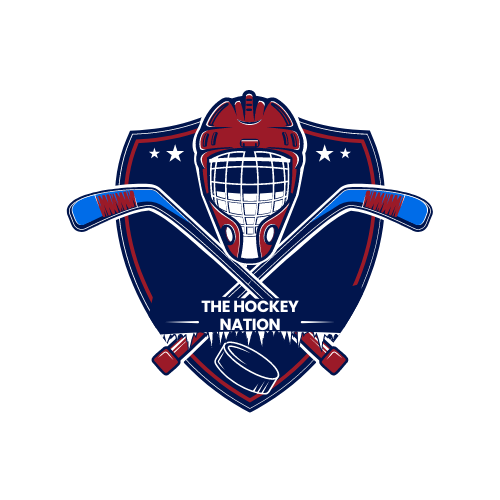Ice hockey, known for its intense physicality and breakneck speed, enthralls audiences worldwide with its unique mix of skill, strategy, and the occasional bare-knuckled brawl. The sight of two players dropping the gloves in the midst of a fast-paced game can leave spectators both mesmerized and perplexed.
Why do hockey players fight?
Hockey players fight for three main reasons:
- To protect teammates
- To boost team momentum
- To settle grievances
Protecting Teammates
Hockey players often drop the gloves to stick up for their teammates. Back in the ’80s and ’90s, enforcers were notorious for this. Take Dave Semenko, Gretzky’s enforcer on the Oilers, for example. If you messed with Gretzky, you’d have to answer to Semenko, a 6’3” titan known as one of the toughest players ever. With 265 penalty minutes in one WHL season and a point per game average, Semenko acted as Gretzky’s on-ice bodyguard, paving the way for the Oilers’ two Stanley Cups.
Even beyond enforcers, regular players will jump into the fray if an opponent mistreats a teammate. A retaliatory fight sends a clear message: “You won’t get away with that.”
Providing Team Momentum
Sometimes, a fight is just what the team needs to shift gears. Historically, enforcers would step up, but these days, even team captains might throw down to spark some energy. If a team is floundering early in the game, starting a fight can be the jolt they need to turn things around. Whether it’s an enforcer or a captain, a well-timed fight can rally the team and refocus their efforts.
Settling Grievances
Lastly, fights often erupt to settle personal scores. When a player feels disrespected or mistreated, they might choose to stand up for themselves in the heat of the moment or after a lingering dispute. These fights help clear the air, allowing players to move on with mutual respect. It’s like a cathartic release, similar to what’s seen in combat sports like MMA.
Why Is Fighting Allowed in Hockey But Not Other Sports?
Fighting in hockey is a long-standing tradition, much like soccer players kicking the ball or basketball players dribbling. However, fighting in hockey is often safer than in other sports due to both written and unwritten rules that govern this behavior. The NHL’s Rule 64 outlines all the regulations surrounding fighting, ensuring that even these intense moments have boundaries.
In the end, fighting in hockey isn’t just about aggression; it’s about protecting teammates, shifting momentum, and settling scores in a sport that thrives on its unique, high-octane culture. Here are some key rules:
- Only fight those who are willing (64.2)
- Do not punch a player who is in a defenseless position (64.2)
- Only fight during game time (64.9)
- Only fight on the ice (64.8)
- Stop fighting when the refs deem the fight to be over (64.5)
- Do not start a fight after one has already begun (64.7)
- Have a fight strap that keeps the jersey secure (64.13)
- Do not “third-party” a fight between two players (64.16)
Failure to comply with NHL fighting rules will result in ejections, suspensions, and fines.
There are also unwritten rules that help govern fighting:
- No gloves
- No sucker punches
- No punching when the player is down
- Pick on someone your own size
Most other sports do not have regulations for fighting like the NHL. Fights in basketball, soccer, baseball, etc. usually result in uncontrolled brawls between teams. On top of that, players in other sports will often kick, spit, throw equipment, continue fights after games, beef online, etc.
Without the backbone of official fighting rules, as well as unwritten rules of conduct ingrained in the culture, other sports are too uncontrolled and chaotic to allow fighting.
Do Hockey Players Agree To Fight?
In most cases, hockey fights don’t happen unless both players agree to fight. In hockey, dropping the gloves is the universal sign for fighting, and unless both players drop their gloves, a fight will not occur. This rule, however, goes out the window if an opposing player does something particularly egregious.
If a player throws a clear cheap shot or obviously targets a teammate with the intention to hurt them, they usually forfeit their right to refuse a fight—and most players understand this. Most players know that if you target the star player on the other team with the sole intention to clobber him, the other team will not just let it go. So, by engaging in such actions, you are almost agreeing to a fight by default.
In hockey, you are expected to stand by your actions and stick up for yourself. Even if you messed up, you’re expected to answer for your mistake. However, even in the case of retaliation, most respectable hockey players will stop throwing punches if the player falls or “turtles” to the ice.
So, players do agree to fight most of the time. It is almost unheard of that a player would start throwing punches at an unsuspecting opponent who has done nothing to provoke such an altercation.
